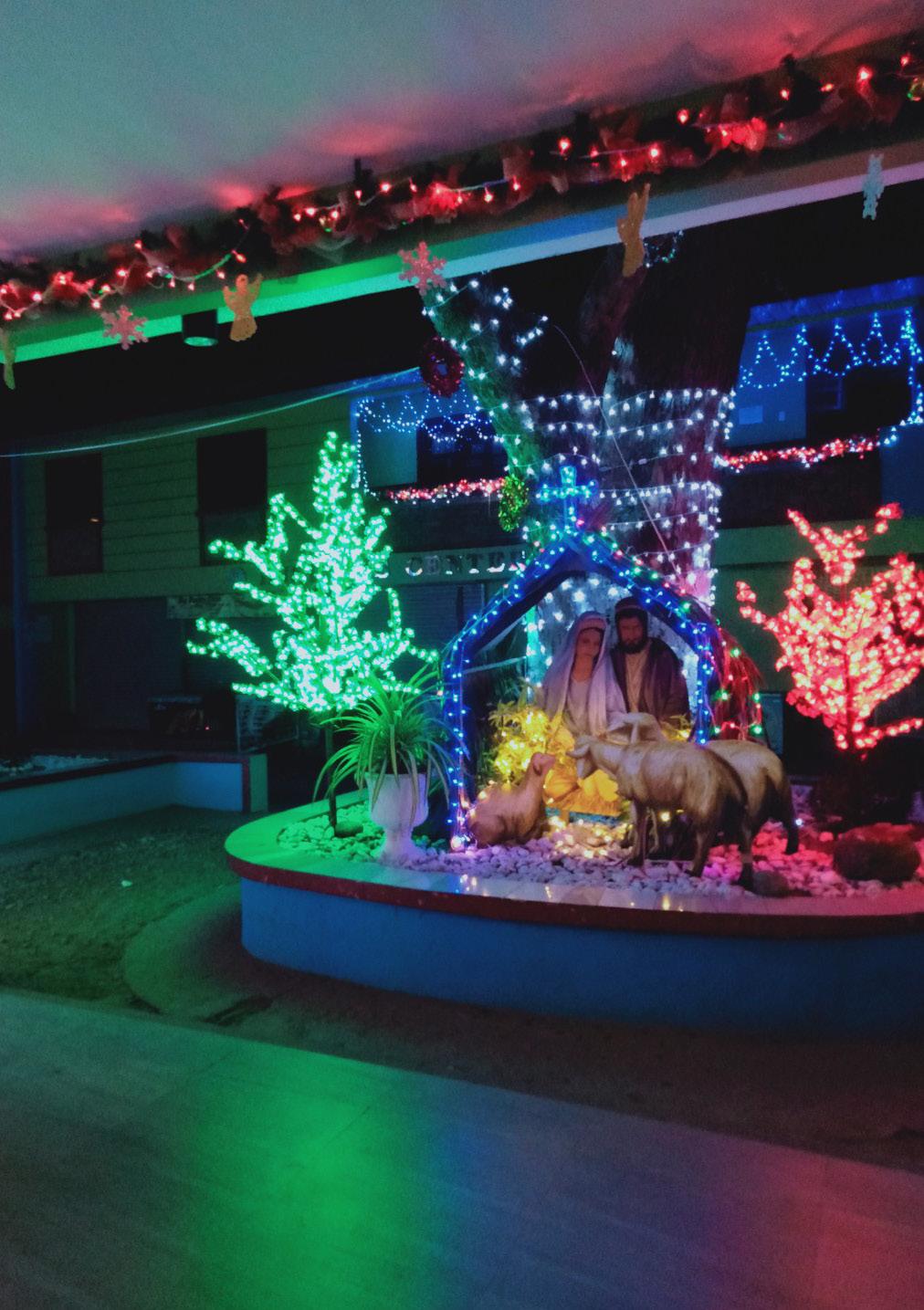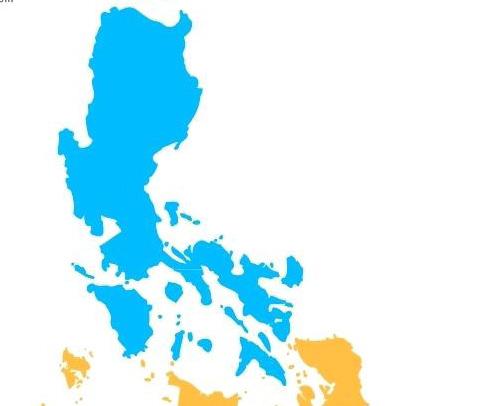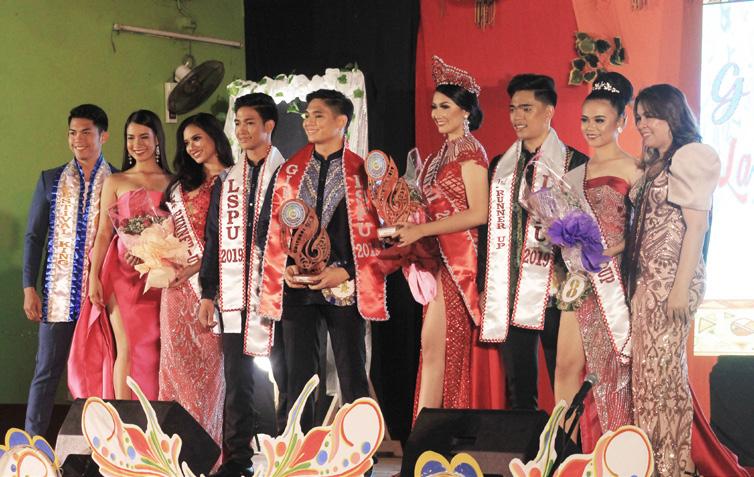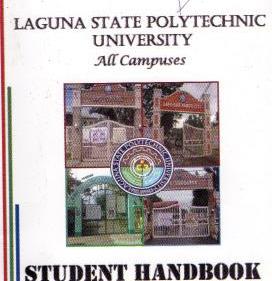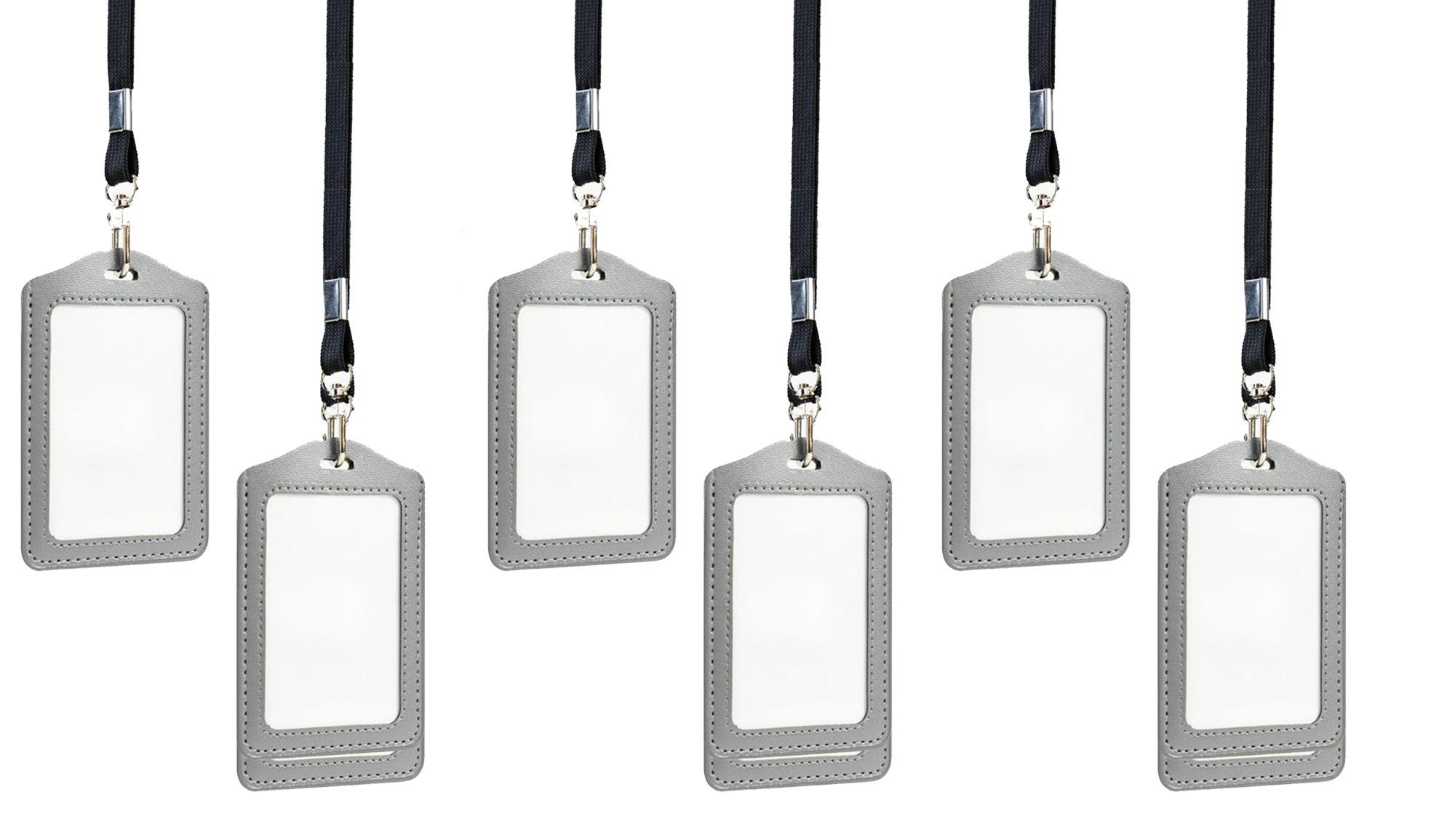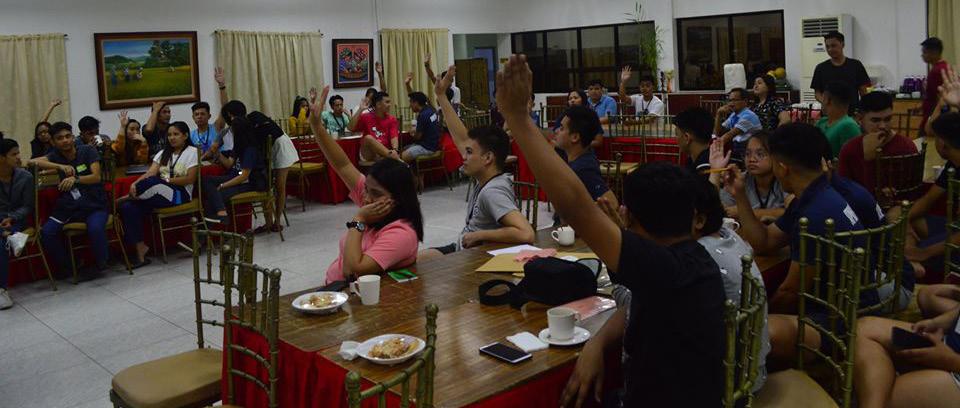CECILIA JHADZIAH DIVA
TRIBES OF THE PHILIPPINES
BY
MEET THE INDIGENOUS
While much cultural changes that had occurred and had been adapted after the Philippines had been colonized by different countries, different indigenous tribes of our country still have their traditions and customs intact considering the fact that they were not affected by American or Spanish colonization since they mostly reside near the mountain areas of the country. However, they are still one of the most marginalized people and least privileged. Because of these factors as well, the usual Mang Juan is not at all familiar with his own indigenous tribe in his own land much more the difference and unique characteristics of each tribe. IGOROT The Igorots are probably the most well-know indigenous tribe in the Philippines. They are composed of more different tribes in the northern part of the country which includes Bontoc, Ibaloi, Isneg, Kalinga, Kankanaey and Tinguian groups. The Igorot tribe is popular as rice-cultivators as an assortment of the group called Ifugaos were known and recognized for creating the famous Banaue Rice Terraces. Other northern indigenous tribes also includes the Isnag from Apayao and Gaddang, and the Ilongots who reside within the Sierra Madre and the Caraballo Mountains. The Ilongots are known for their intense aggressiveness and cultural conservatism. LUMAD In the southern part of the country, a non-Muslim indigenous group known as Lumad can be found. They are the largest indigenous group in the Philippines. The term Lumad is a Cebuano term which translates to variations such as ‘native’ or ‘indigenous’ and ‘born of the earth’. Like the Igorots, the Lumads are comprised of about tribes namely – Blaan, Bukidnon, Higaonon, Mamanwa, Mandaya, Monobo, Mansaka, Sangir, Subanen, Tagabawa, Tagakaulo, Tasaday, and T’boli. The Lumads are generally known for their tribal music produced by the musical instruments that they have created themselves.
38
devcomm




